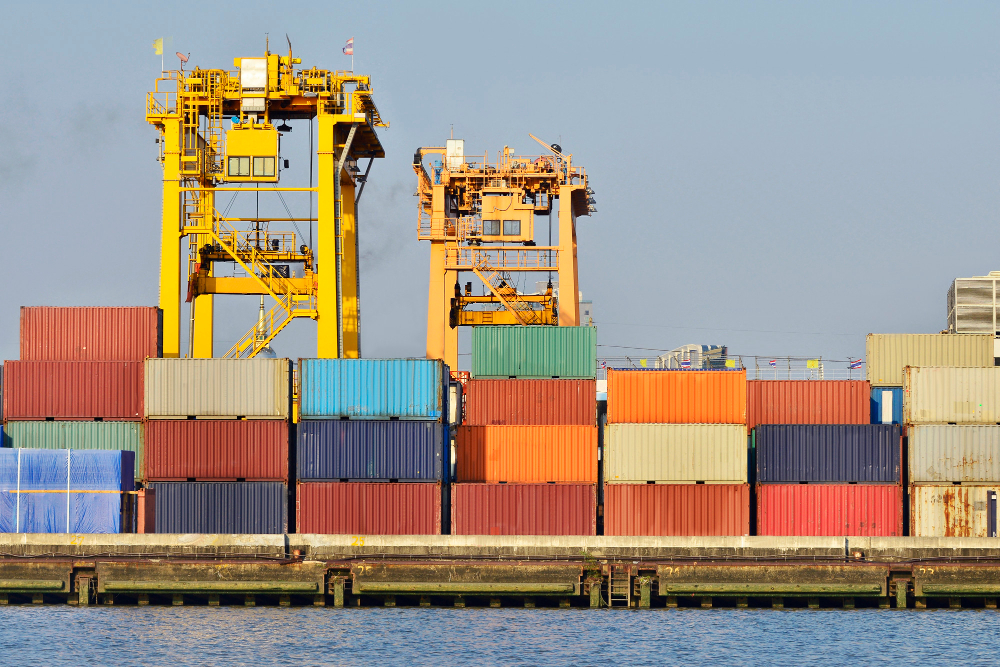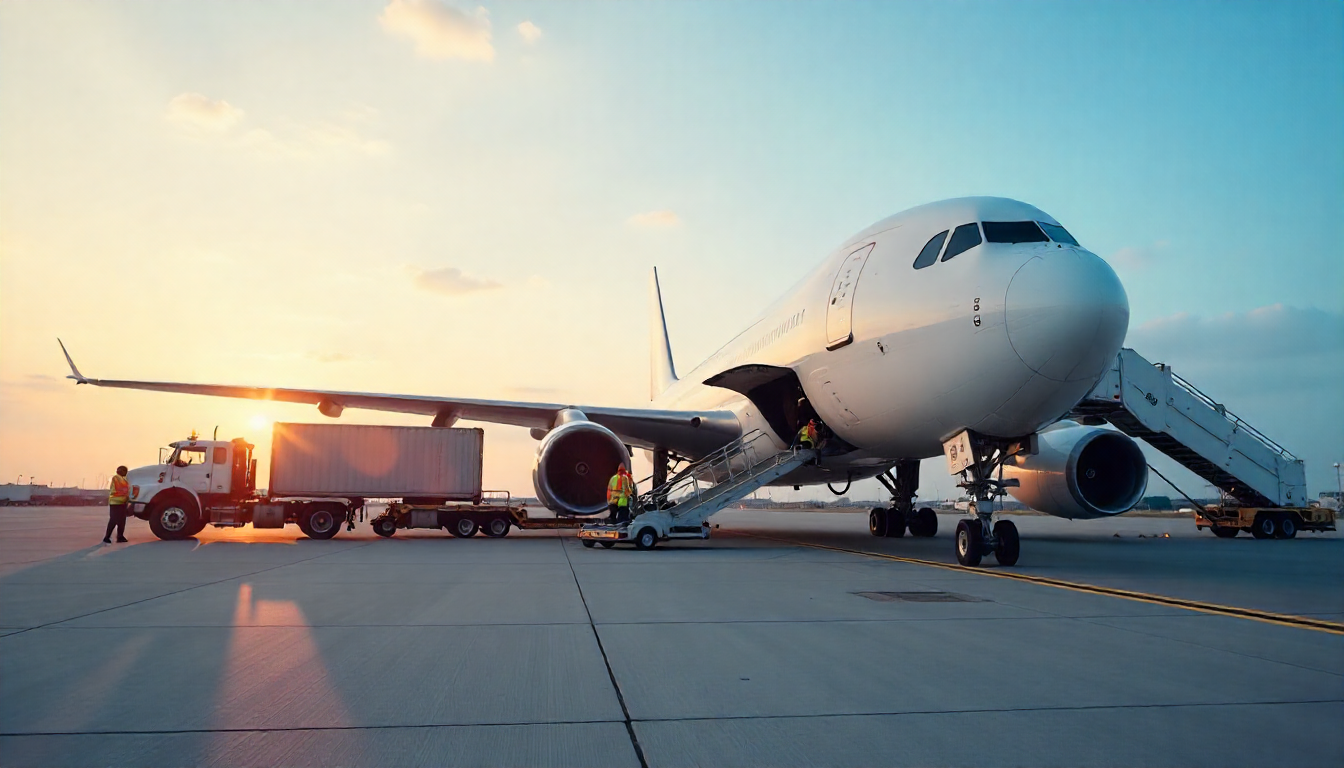For businesses involved in global trade, port congestion has become a daunting challenge. This is because when busy ports become overloaded with cargo, everything is delayed, affecting drayage services and the timely movement of goods.
Understanding how congestion affects drayage transportation is crucial for importers, exporters, and logistics managers who strive for seamless operations.
What causes port congestion?
Some factors contributing to congestion in major ports include a shortage of labor, inadequate equipment, and high volumes of heavy vessel traffic. During the high season, ports may be operating above capacity, which can delay container unloading and reloading. The disruption further affects not only the port but also the neighboring transportation, sending ripple effects of delay on drayage.
Effects on drayage transportation
- Delayed pickups and deliveries
When ships are late, the knock-on effect is that trucks and haulers have to wait, resulting in a breakdown of the schedule for drayage transportation. This results in delays at warehouses and distribution points, affecting customers, which has a compound effect on the entire chain.
- Increased costs
Port delays often result in additional charges, including demurrage and detention expenses. If businesses are reliant on drayage shipments, these may escalate due to the increasing cost of transportation as the carriers pay more for waiting and using the equipment.
- Resource strain
With congestion at the ports, equipment and labor are put on edge, restricting drayage providers from efficiently allocating trucks, trailers, and drivers. This slowdown of turnaround time also limits the number of drayage services that can manage huge shipments of cargo.
- Disrupted planning and scheduling
For smooth logistics planning, schedules should be predictable and consistent. Congestion leads people to assume the worst, making it challenging to obtain drayage transportation without disrupting other segments of the supply chain. An organization must also consider adjusting the routes, schedules, and shifts to compensate for the delays, which may come at the expense of other benefits.
Strategies to mitigate port congestion impacts
- Advanced Planning: Schedule shipments in advance while considering expected delays for drayage shipments.
- Flexible Scheduling: Coordinate with carriers to create pickup and drop-off time windows that are flexible to accommodate potential delays at ports.
- Utilize Technology: Implement tracking and scheduling software that provides the company with real-time visibility into congestion, allowing drayage services and operations to be adapted systematically.
- Partner with Experienced Providers: Collaborate with experienced logistics partners who understand port realities and can optimize drayage transport routes.
Conclusion
Port congestion is inevitable in global trade, but with planning and pragmatic alliances, the effects on drayage services can be minimized. Companies that have foreseen the delay, prepared in advance, and work alongside providers can run operations smoothly through any port disruption.
If you are an entity requiring trustworthy solutions for congestion management and effluent drainage operation services, KCH Transportation offers customized solutions for efficient and hassle-free drayage shipments. Contact us today for a quote!




